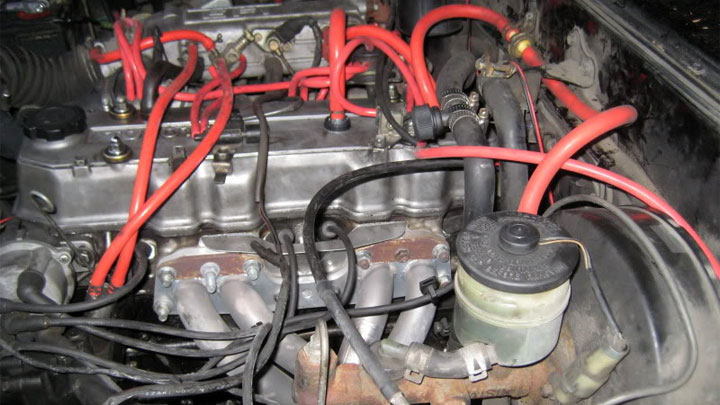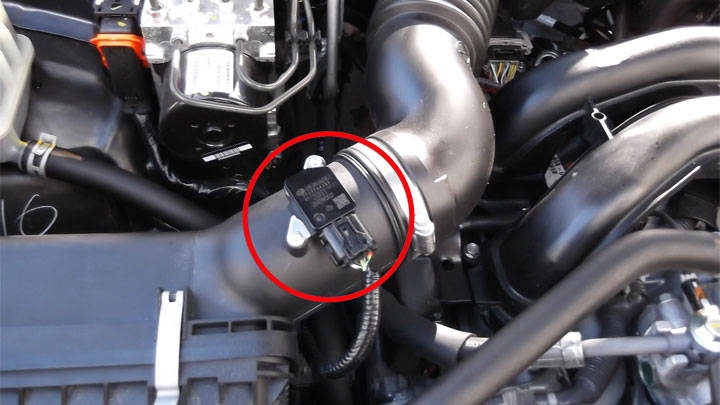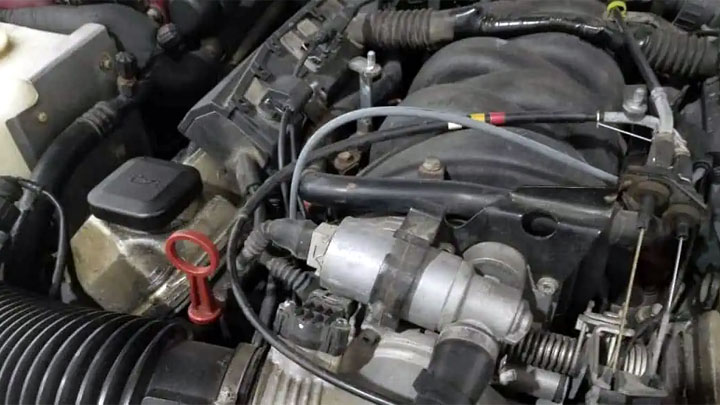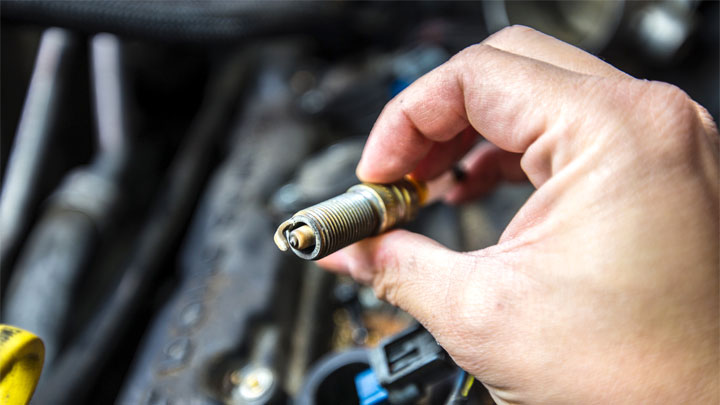7 Reasons Your Car Is Revving On Its Own (and How to Fix)
Few things strike fear into the hearts of drivers more than vehicle issues seemingly happening of their own accord. When your ride suddenly starts revving for no apparent reason, it signals potential danger and leaves you wondering whether it’s safe to even drive.
Read on as we investigate the top causes of an uncontrolled revving engine and how to identify and fix the culprit.

What Is “Revving”?
The term “revving”, is used to describe any instance in which the speed of a vehicle’s engine is increased, either automatically, or in response to accelerator pedal input.
Revving occurs in an expected fashion while driving when accelerating to achieve a desired speed. On the other hand, revving can also occur when stopped, by depressing a vehicle’s accelerator pedal while in park or neutral.
If you drive a car with a powerful V8 engine, you’ve almost certainly revved your engine at some point to hear that powerful, throaty sound. If not, you need to. And yes, you can rev a small 4-cylinder engine. Just don’t expect the same reaction.
As mentioned, revving signifies an increase in vehicle engine speed. This speed is measured in the form of revolutions per minute, or RPM. An engine’s RPM is displayed at any given time upon a vehicle’s dash-integrated tachometer. Alternatively, an uptick in engine speed can also be heard by ear.
Revving under normal circumstances is a natural part of engine operation, and is to be expected. The further a vehicle’s accelerator pedal is depressed, the more noticeable and prolonged revving will be. However, revving that occurs randomly, or seemingly without cause, is another thing entirely, and can be cause for concern.
Causes of a Car That Revs Up On Its Own
There are several potential reasons for unexpected or unanticipated engine revving, each of which bears consideration when attempting to diagnose an issue of this sort. Understanding the causes of random engine revving is the first step to fixing this otherwise worrisome condition.
Here are several of the most common causes of unexpected engine revving.
#1 – Vacuum Leaks

Under normal operating conditions, the amount of air allowed into an engine’s intake tract for combustion is limited via throttle body/plate actuation. However, vacuum leaks skirt this design premise by allowing unmetered air into this same space. This often results in a noticeable increase in RPM.
How To Fix: The only way to remedy engine revving caused by one or more vacuum leaks is to locate and repair the vacuum leaks in question. This can be done by visual inspection, or through the use of a smoke machine.
#2 – Faulty Sensors

Modern vehicles come equipped with a host of sensors, all of which are engineered to increase operating efficiency. A number of these sensors, when failed, can lead to noticeable RPM surges.
Some of the most notable of these sensors include the mass air flow sensor, coolant temperature sensor, and throttle position sensor.
How To Fix: Repairing sensor-related throttle surges requires the replacement of the sensor in question. Diagnosing sensor faults typically involves reading trouble codes, performing visual inspections, and analyzing freeze frame data.
#3 – Throttle Body Issues

You might find that your vehicle’s engine revs on its own, or more likely sticks at higher RPM ranges if it is experiencing throttle body issues. This is especially true in instances where an engine’s throttle plate hangs within the bore of the throttle body itself, as can occur when a throttle body becomes carbon fouled.
How To Fix: Regular cleaning of your engine’s throttle body can go a long way to preventing such issues, by preventing excessive carbon build up. If you already suspect that your vehicle is experiencing issues of this type, a thorough visual inspection is recommended.
#4 – Malfunctioning IAC Valve

At idle, a vehicle’s throttle body is completely blocked, as the throttle plate therein rests in the closed position. A very small amount of air is directed through a passageway, allowing just enough intake airflow to sustain idle.
This airflow is metered by the idle air control (IAC) valve. A malfunction of the IAC valve often leads to an abnormally high idle when in park.
How To Fix: Proper testing of the idle air control valve is required to verify the integrity of its electrical circuitry. Aside from this, carbon fouling of the IAC pintle is also commonly observed, requiring periodic cleaning.
#5 – Stuck EGR Valve

An engine’s EGR valve allows a limited amount of exhaust gasses to be introduced into the intake for further combustion. Ideally, this valve should only be permitted to open when an engine is warm and under a load. However, an EGR valve can become stuck, causing a high or erratic idle.
How To Fix: In many instances, simply cleaning the affected EGR valve of carbon fouling is enough to restore it to operability. In other cases, replacement might ultimately be required. This is often the case when an EGR valve has begun to fail electrically.
#6 – Fouled Spark Plugs

Each of an engine’s spark plugs must be precisely gapped and free of fouling if the highest possible operating efficiency is to be achieved. When one or more spark plugs become fouled, or otherwise damaged, engine performance quickly suffers, often resulting in erratic idle and RPM surge.
How To Fix: A vehicle’s spark plugs should be replaced on a recommended service schedule, as specified by the vehicle’s manufacturer. Aside from this, periodic inspection of each spark plug is highly recommended.
#7 – Inoperative Fuel Injector

A fuel injector must be maintained in optimal condition, in order to atomize fuel as designed. If a fuel injector were to fail or become clogged, a number of secondary symptoms can be observed. One of the most notable of these symptoms involves a noticeable hunting or surfing in RPM, especially at idle.
How To Fix: One should promptly test their vehicle’s fuel injectors for function, should they prove suspect. This can be easily done with the use of a bidirectional scan tool. Additionally, clogged fuel injectors can often be salvaged through careful cleaning.
Identifying the Source
In virtually every case, unanticipated engine revving comes down to the fault of one of three conditions:
- Irregular air intake
- Irregular fuel dosage
- Irregular spark distribution
Most mechanics lean heavily upon this knowledge when diagnosing issues of this type, seeking to check the health of each of these three critical systems as a whole.
By doing the same, you can isolate the fault at hand to being rooted in the air fuel or spark system. Further diagnostic efforts then center around finding the underlying issue in the particular system that did not check out as it otherwise should have.
Simply put, one is far better off compartmentalizing their engine’s various subsystems when attempting to come to such a diagnosis, than to over complicate matters unnecessarily.
Potential Downsides of a Car Revving On Its Own
There are several downsides of note when it comes to a vehicle that seems to rev spontaneously. When a vehicle revs aside from when called to by the accelerator pedal, excess fuel is consumed, and unnecessary wear/tear is placed upon the engine’s internal components.
Additionally, a vehicle that revs in an unexpected fashion is largely a safety hazard, to say the least.
- P0480 Code (Symptoms, Causes, and How to Fix) - Apr 19, 2024
- Car Temperature Gauge Stopped Working? (Here’s Why) - Apr 15, 2024
- Ignition Coil vs Coil Pack (What’s the Difference?) - Apr 8, 2024
